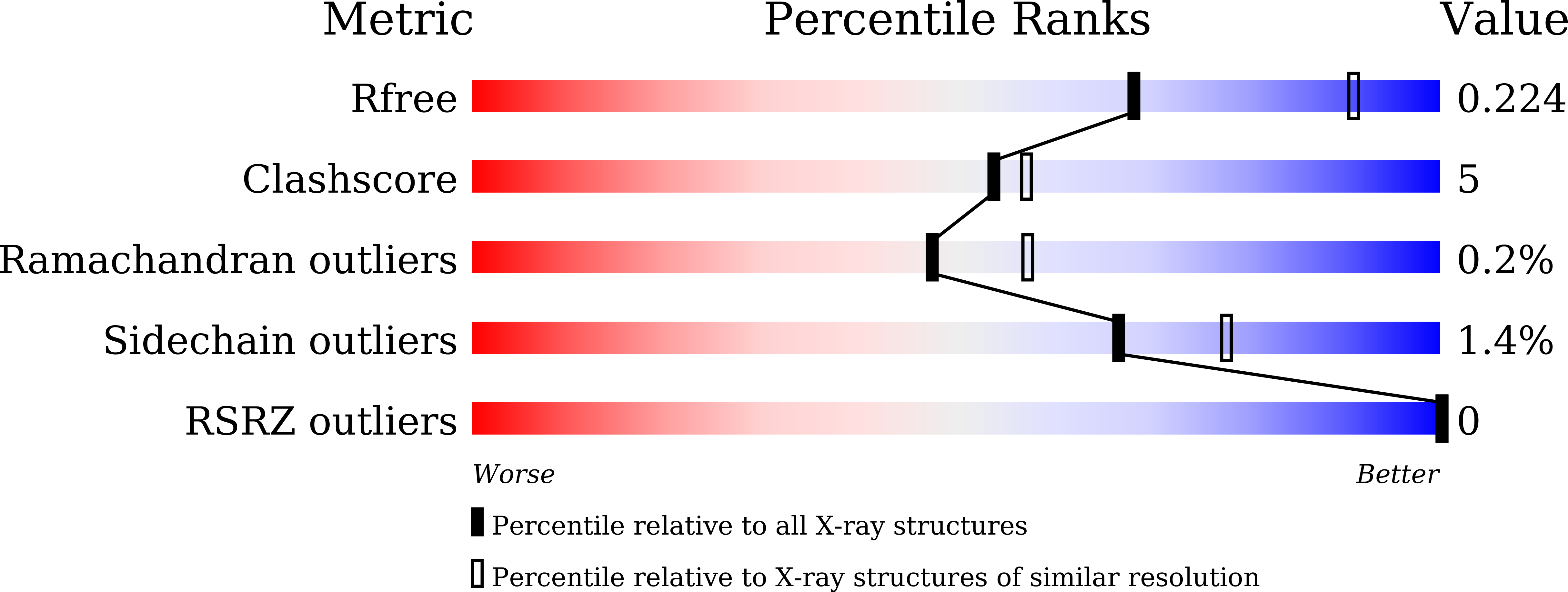
Deposition Date
2022-12-02
Release Date
2023-12-06
Last Version Date
2024-03-20
Entry Detail
Biological Source:
Source Organism:
Caballeronia sordidicola (Taxon ID: 196367)
Host Organism:
Method Details:
Experimental Method:
Resolution:
2.43 Å
R-Value Free:
0.21
R-Value Work:
0.17
R-Value Observed:
0.17
Space Group:
P 1 21 1


